In a dynamic world of technology, companies are faced with the important decision of how to organise their IT infrastructure correctly and efficiently. On-premises offers full control and security, but can entail high investments and increased maintenance costs. On the other hand, cloud computing offers flexibility and cost efficiency, but can also raise questions about data security. This article is intended to help provide an overview of both cloud and on-premises technologies and create a basis for companies to make a decision by identifying and comparing the advantages and disadvantages.
Inhaltsverzeichnis
What is on-premises?
On-premises refers to a method of operating and managing IT resources in which the hardware and servers are kept on the company's own premises. This means that the respective company has full control over its IT infrastructure, including the physical servers, storage devices, network components and software applications.
Is a private cloud an on-premises solution?
Among other things, private cloud can be seen as a form of on-premises, as the cloud is hosted in the company's own data centres or premises and the resources and infrastructure are available to the company in virtualised form. Although the private cloud has some cloud-like features such as scalability and flexibility, it is still considered an on-premises solution as it is managed by the company's internal IT department and retains control over the entire infrastructure.
Why should a company use on-premises?
The decision in favour of on-premises can make sense for companies in many cases. The reasons for using this method of resource management can vary. For example, some industries, such as healthcare or financial services, are subject to strict Data protection and compliance regulations. Compared to other forms, on-premises solutions offer a Greater control over sensitive data and enable compliance with these regulations. In addition, companies with high performance requirements or specialised workloads can use on-premises systems to maximise performance and Minimise latency times. If investments have already been made in the company's own hardware and infrastructure in the past, it may make economic sense to continue using on-premises resources by expanding existing resources. These arguments can be moulded into competitive advantages if the benefits of this method can be exploited.
Advantages & disadvantages of on-premises
The following Advantages can result from the use of on-premises for companies:
- ControlCompanies have full control over the IT infrastructure and data, which enables customisation to company-specific requirements.
- Data securitySensitive data can be better protected when using on-premises systems and compliance requirements can be met more easily. It is also not necessary to pass on data to third parties, such as a cloud provider, when using on-premises systems.
- PowerOn-premises solutions offer the possibility of customising performance in a specific performance spectrum to meet requirements precisely. In particular, if investments have already been made in hardware in the past, this can potentially be used as a basis.
- Data accessAs the infrastructure for on-premises systems is located on the company's own premises, no internet connection is required for data access and therefore unrestricted access is possible from this connection.
In addition to the advantages described above, the use of on-premises also has the following advantages Challenges and disadvantages:
- ResponsibilityThe complete responsibility for the use of on-premises systems lies with the company itself. This requires the company to take the necessary initiative in terms of availability, maintenance, updates and backup solutions.
- Initial investment/dependenceThe purchase and maintenance of hardware and software often requires high expenditure. If software manufacturers discontinue the further development of old software, it may be necessary to invest in the new product.
- Limited scalabilityScaling on-premises systems can be time-consuming and expensive.
- Maintenance effortCompanies are responsible for maintaining and updating their hardware and software. In addition to the work involved, the costs for maintenance and operation are also borne by the company. Any support required from service providers must also be purchased.

Data security and data protection are central functions for securing operational data and value chains. Protect yourself in the best possible way and get comprehensive advice on this topic:
Data security - the most important basics on the topic of data security
What is cloud computing?
Cloud computing describes the provision of certain services and resources such as servers, storage, databases and networks via the internet, the so-called "cloud". The task of cloud providers is to host and manage these resources. Companies can use these services as required and scale them flexibly without having to buy or maintain physical hardware.
The costs of cloud computing compared to on-premises can vary greatly and depend on many factors, including the amount of data stored and processed. When comparing costs, it is therefore important to consider the two approaches in their entirety. While on-premises models involve pre-investment, project costs, depreciation and replacement of hardware and ongoing operating costs, pre-investment, for example, is virtually eliminated in consumption-based billing models for cloud services. However, the operating costs of cloud computing can be higher than those of on-premises systems, depending on the amount of data storage. It is therefore advisable for companies to carry out a detailed cost-benefit analysis with different expected data storage volumes before deciding in favour of implementing one of the two options.

Cloud computing offers numerous advantages and functions for operational processes. Read all the relevant information about this technology in our introductory article:
When is the use of a cloud recommended?
The use of the cloud is primarily chosen by companies that require a Fast and agile scaling of resources to adapt to changing requirements. In addition, cloud services generally require little or no initial investment, as services are charged according to pay-as-you-go models and only the resources actually used are paid for.
Is cloud computing cheaper than on-premises?
The actual costs incurred depend on various factors, including the specific requirements of the organisation. In many cases, cloud computing can be more cost-effective than on-premises as it reduces the need for high initial investment in hardware and maintenance costs. It also allows for better utilisation of resources and flexibility in terms of scaling. On the other hand, cloud computing can incur higher costs for data storage provision. The advantages and disadvantages of cloud computing must therefore be weighed up against the company's requirements.
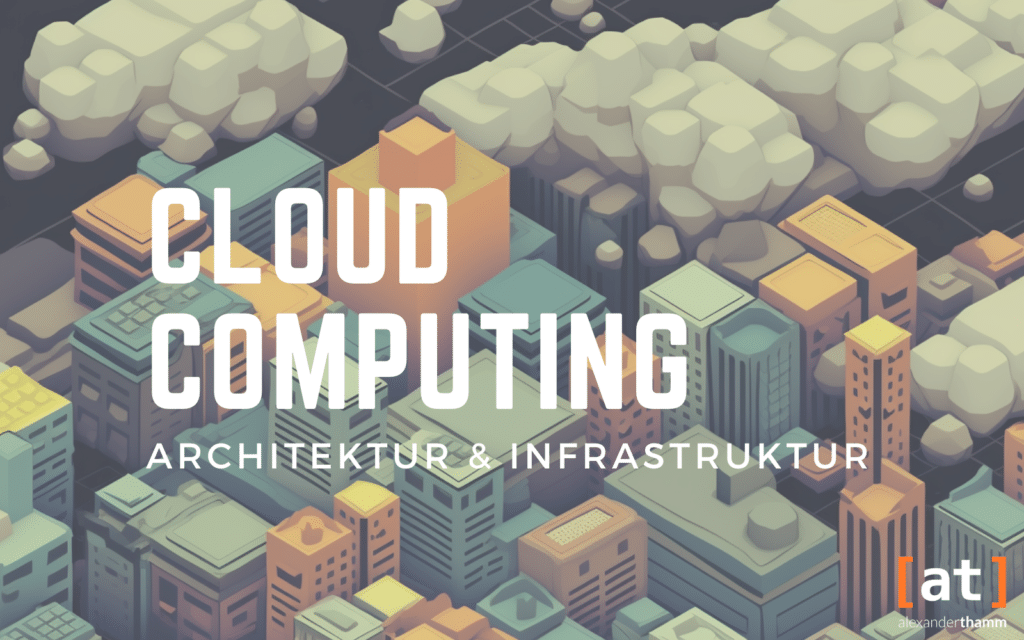
Cloud computing enables companies to use their IT resources more flexibly and cost-efficiently. The cloud architecture and infrastructure play a central role in this. Find out which aspects you need to pay attention to in our blog post:
Cloud Computing - Architecture & Infrastructure: Compactly explained
Advantages & disadvantages of cloud computing
Through the use of cloud computing, a number of Advantages result:
- ScalabilityResources can be flexibly adapted to cover current demand. This allows short capacity peaks in particular to be covered, but capacities can also be reduced if they are no longer required on a permanent basis.
- Cost efficiencyCloud computing generally offers a pay-as-you-go model for cost accounting, which makes it easier for the company to control costs and eliminates the need to operate the company's own servers and procure software licences.
- Simplified maintenanceThe respective cloud providers take care of maintaining and updating the infrastructure, which means that there is no additional work for the company.
- AccessibilityCloud computing allows users to access data and applications from any location, as long as a connection to the Internet can be established.
In addition to the advantages, cloud computing also has some Disadvantages on:
- Data securityAs the storage location for cloud computing is outside the company's premises, companies sometimes have concerns about the security of data in the cloud.
- Dependence on providersThe choice of a cloud provider means a certain dependency on the corresponding service provider.
- Internet connectionThe use of cloud computing requires a reliable internet connection so that the data from the cloud can be accessed permanently.
- StandardisationThe often standardised range of services offered by cloud providers cannot always fully meet the individual requirements of companies due to the standardised solutions on offer.

In our blog post, we explain the essential aspects of cloud security and data protection to keep your company safe in the digital cloud.
Differences between cloud computing and on-premises
When considering cloud computing and on-premises, there are a number of relevant distinguishing features that should be taken into account when choosing the respective method:
| Feature | On-Premises | Cloud computing |
| Location of the infrastructure | Infrastructure is hosted from the company's own premises | Infrastructure is provided by the external cloud provider |
| Control | Full control options and responsibility lie with the company | Responsibility for maintaining and updating the services lies with the cloud provider |
| Scalability | Limited (short-term) scalability | Fast and flexible scalability through simple expansion or reduction of capacities |
| Cost structure | Initial investment required for the procurement of hardware; ongoing costs for hardware and electricity | Billing with the pay-as-you-go model according to resources actually used |
| Flexibility | Limited flexibility in accessibility if necessary, but no internet connection required | High flexibility in terms of accessibility, provided an Internet connection can be established |
| Security / Compliance | Data is located with the user or in the company | Data is located on an external server |
Cloud vs. on-premises: clarifying requirements and goals
The choice between on-premises and cloud computing depends on the company's individual requirements and objectives. Both approaches have their advantages and disadvantages, which should be carefully weighed up when making a decision. On-premises, for example, offers maximum control and security and may therefore be better suited to industries with strict compliance requirements and specific performance needs. On the other hand, cloud computing offers flexibility, scalability and cost efficiency. It is crucial to consider the specific requirements of the organisation and possibly consider a combination of both approaches.

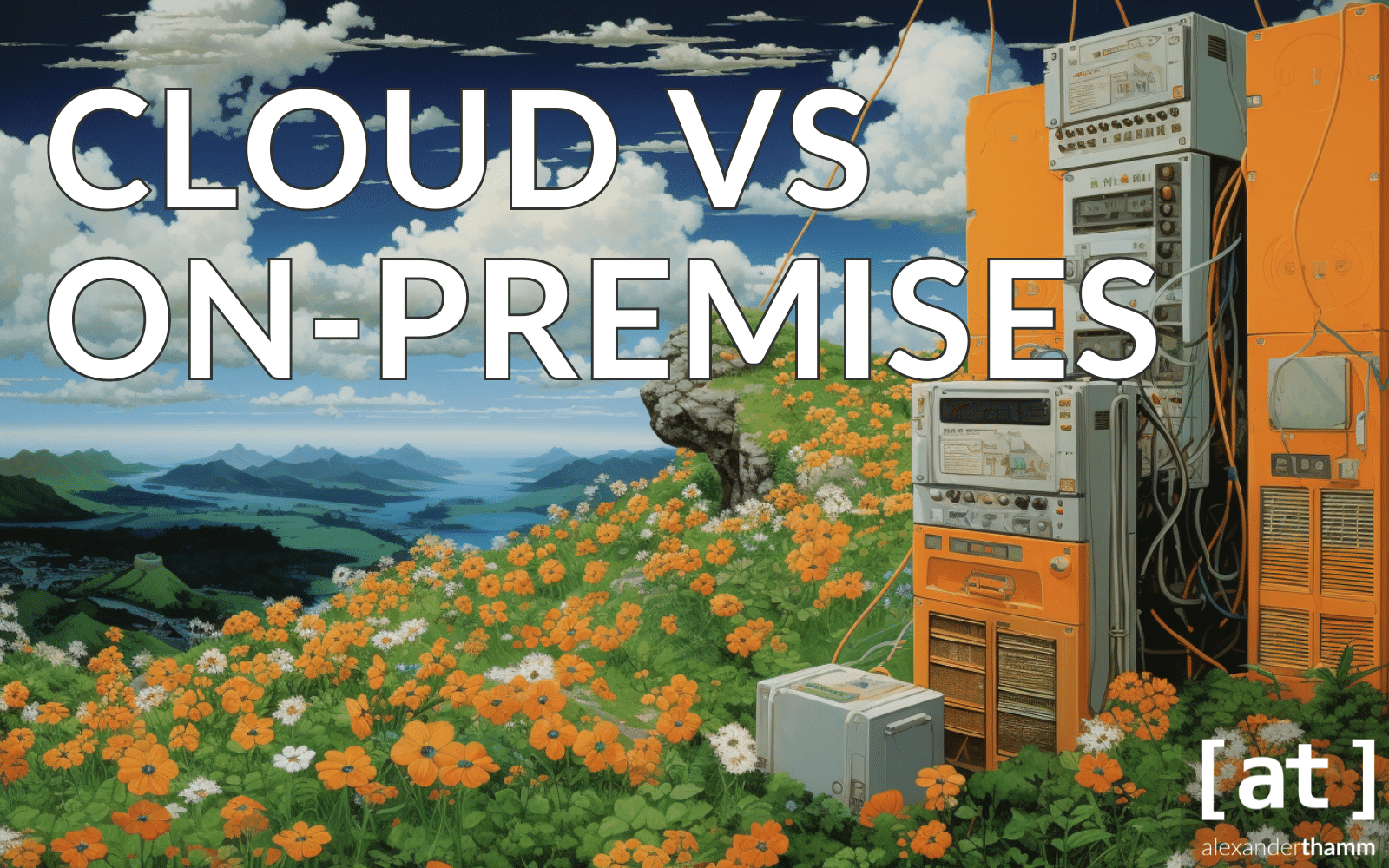

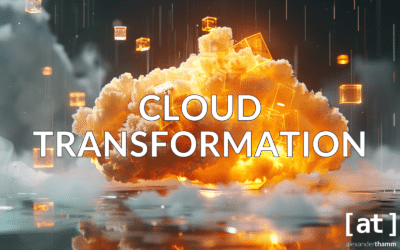

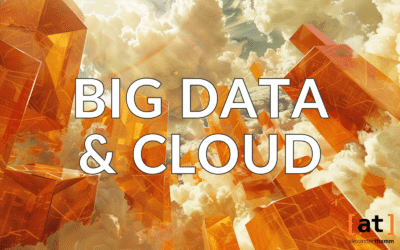
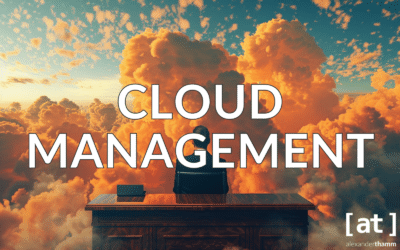
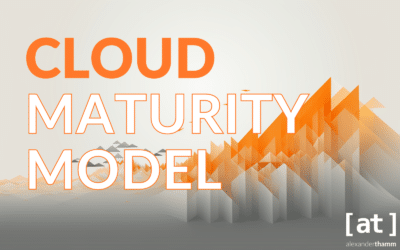
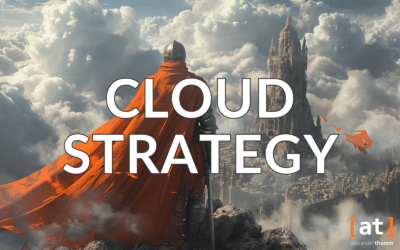


0 Kommentare